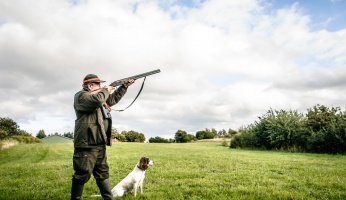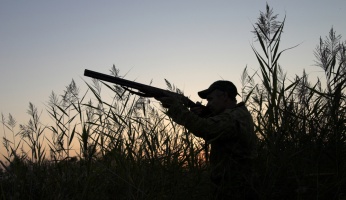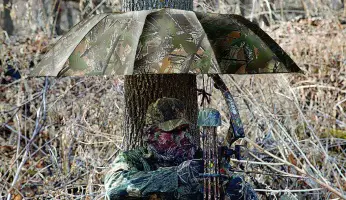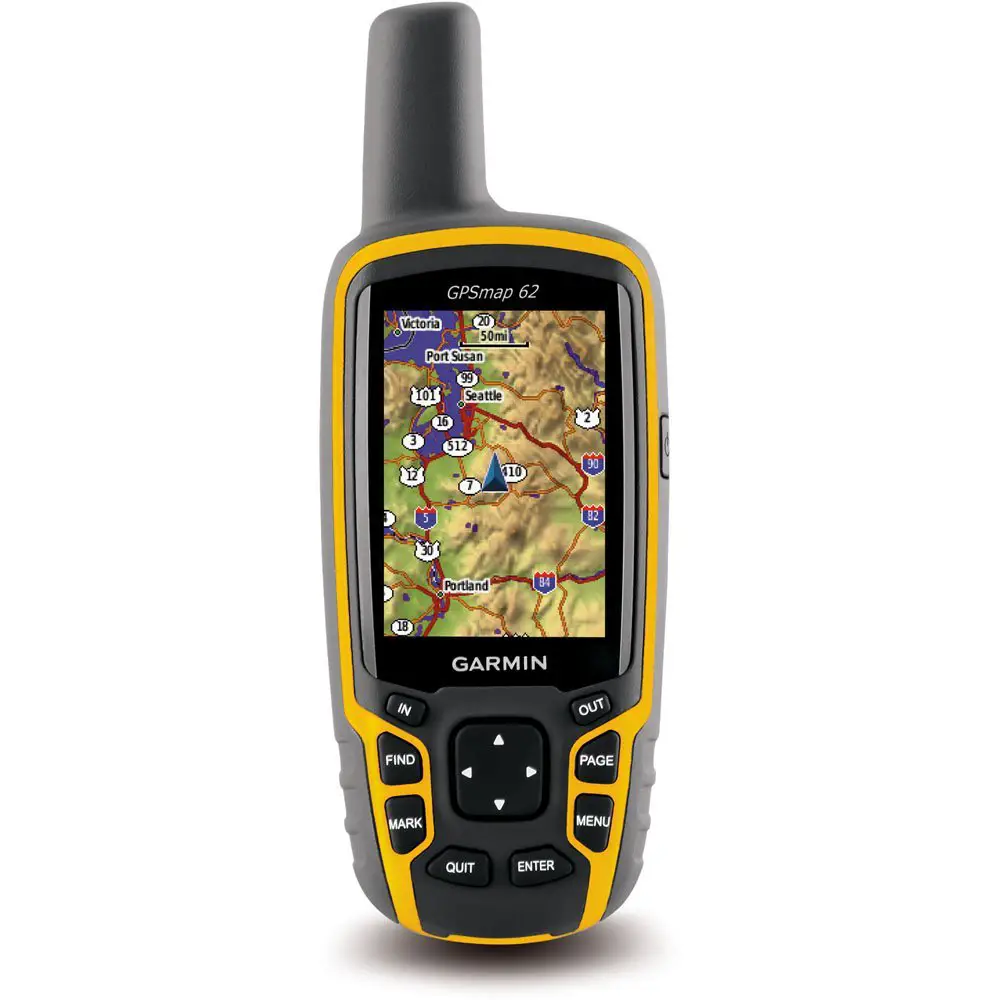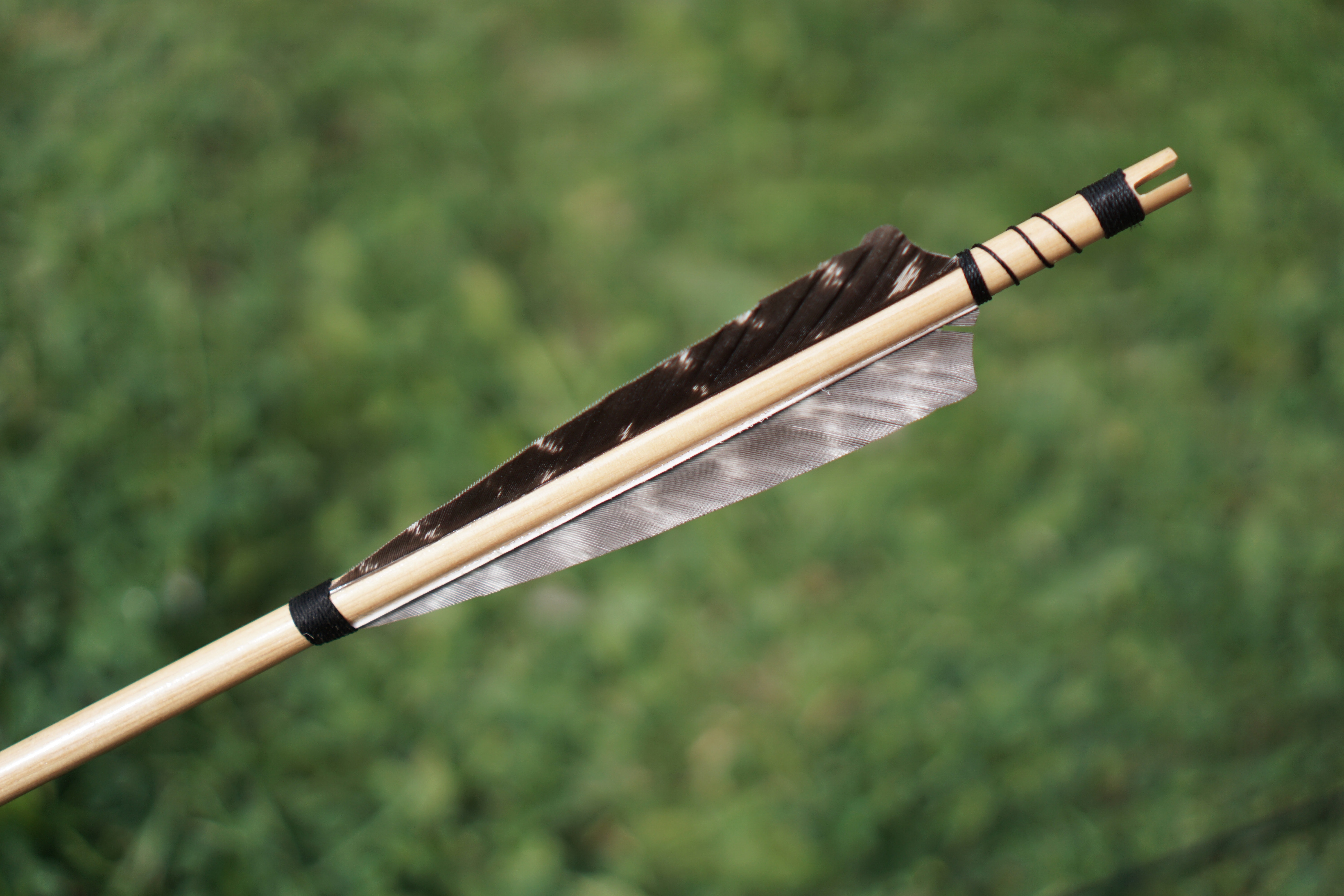Hunting Regulations 101: All you need to know about
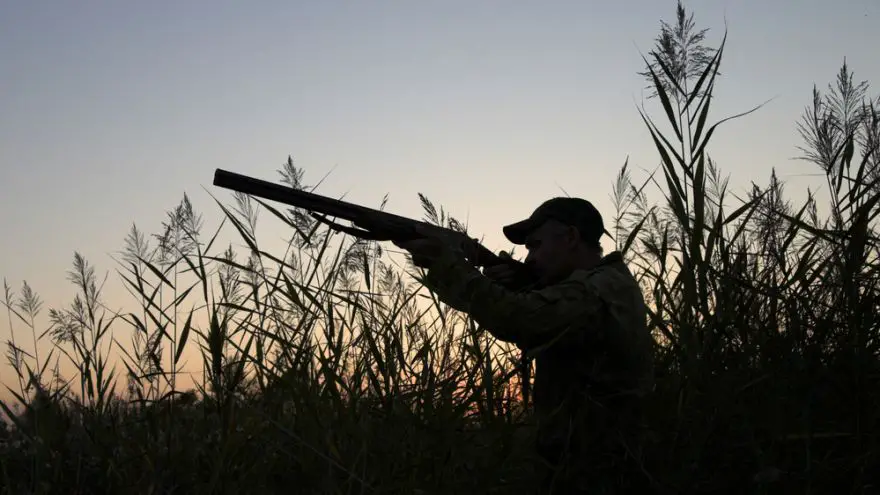 Hunting Regulations 101: All you need to know about
thegearhunt.com
Hunting Regulations 101: All you need to know about
thegearhunt.com
What is a license? Why is it required to hunt? How do you obtain one? What is a tag? How many tags are required? What do you understand by rifle season? Why are there such a variety of hunting regulations? These and much more are the questions that will keep going on in the mind of anyone new to the hunting scene.
Getting familiar with the hunting regulations
Just like trapping and fishing, hunting is an exertion directed at the state level for by far most of the cases. Even though the federal government may become involved as regards to birds that migrate, your involvement with the administrative side of hunting will largely depend altogether on the state in which you hunt. Let’s take a look at some of the hunting regulations you must know.
-
Licenses
Do you require a license to hunt? Anybody hunting must have a legitimate hunting license. Licenses for hunting are the most fundamental level of endorsement required by every hunter before they can be allowed to hunt after an animal. In contrast to driving license, hunting licenses are just legitimate in the state they’re issued in, however, you can have substantial licenses in more than one state at the same time.
A Hunter Education and Safety course are usually required before a permit can be issued, particularly in case you’re a fresh out of the plastic new hunter. Some states issue general licenses while you may have to purchase animal specific licenses in others. It doesn’t matter if you are an occupant of the particular state or not. All you need to hunt is the state’s valid hunting license.
Licenses are typically legitimate for one year. Hunting licenses are constantly essential, but usually not adequate. This is the place stamps, tags, and lots of other permits come in.
-
Tags
Tags are extra permits that can be included to supplement an essential hunting permit giving the hunter the required permission to hunt after specific games. One tag breaks even with the privilege to harvest one animal. Tags apply solely to big game like antelope, coyote, deer, beer, etc.
A tag is really a physical license that you convey with you during your hunting sessions that you should attach to an animal instantly after you murder it.
The tag will have a segment on it that you’ll be required to mark on the off chance that you kill a creature, for example, the date and time of kill, the area the kill was made, and the sex or other expressive features of the game. The broadly acknowledged approach to marking out a tag is by marking out the areas corresponding to the right data relating to the captured game.
Dissimilar to hunting licenses, tags are constrained in number. There are likewise restrains on the aggregate number of a specific tag issued on a yearly basis.
At the point when there are a bigger number of hunters than animals that can be economically murdered in a year, tags will be given out based on a draw or lottery framework.
-
Bag Limit
A bag limit is the greatest number of specific animal varieties you are permitted to kill during a specific time period. Based on the species, there might be everyday bag limits. The limits may also be seasonal. Those species that are maybe overpopulated usually have no bag limit.
-
Stamps and Other Permits
A basic hunting permit will be adequate for a subset of little animal species, ordinarily, those animals that are most abundant or minimum attractive, commonly those that are most ample or least alluring.
One key contrast between these different permits and tags is that stamps aren’t something you can go on to attach to every game you slaughter. They’re only an additional permit you keep in your pocket.
-
Vehicle Hunting
Are you allowed to hunt from your vehicle? No, all hunting with the use of vehicles, except farm operations machinery and boats, are precluded. Drones and aircraft are restricted to be used in aiding hunting. It doesn’t go in line with the rule of “fair chase”.
-
Night Hunting
Are you allowed to hunt at late hours or during the night? Yes. Hunting at late hours or even night are permitted, but you must make provisions for the following: Rifles and night vision.
-
Conveyance of hunts
Are there controls for transporting dead animals? Never show an animal in transit home. Wherever conceivable, cover the head and body with a tarpaulin or blanket.
Hides of fur-bearing animals taken legitimately amid the open season might be sold during that open season or might be held available to be sold later on.
-
Seasons
Just like plants, animals also have their season. There are only a couple of animals which can be hunted year round. Furthermore, there is a legal season in which the hunt for a particular animal is deemed legal. Hunting them beyond these seasons are considered illegal and unethical and may attract consequences. A season may be two weeks in length or may be two months in length, yet whichever way it will have a particular begin and end date.
The planning and length of hunting seasons are likewise set deliberately to oversee natural life populaces. Surprisingly, the ideal time to hunt most game animals is the fall, however, there are some winter and spring hunts as well.
In conclusion, the world of tags and licenses is chaotic. Hunters need to do their due tirelessness and lamentably read some genuinely dry, exhausting hunting regulations leaflets every now and then. Yet, it’s justified, despite all the trouble to invest a little amount of energy in making sense of how to regard the laws. It’s likewise our duty to shield ourselves from unintentionally disregarding the rules and regulations. Hunting an animal when it is not its season, going about your hunting activities without a tag, dishonorably tagging techniques, hunting with vehicles, mode of dispatch and conveyance of hunts, and surpassing daily or seasonal bag limits are considered significant and my warrant consequences.





